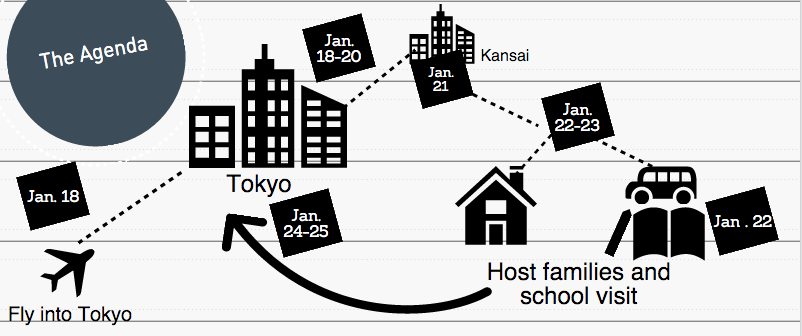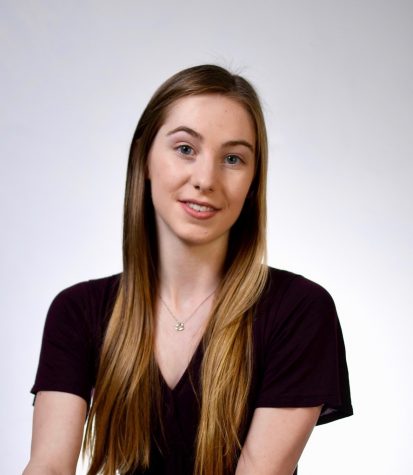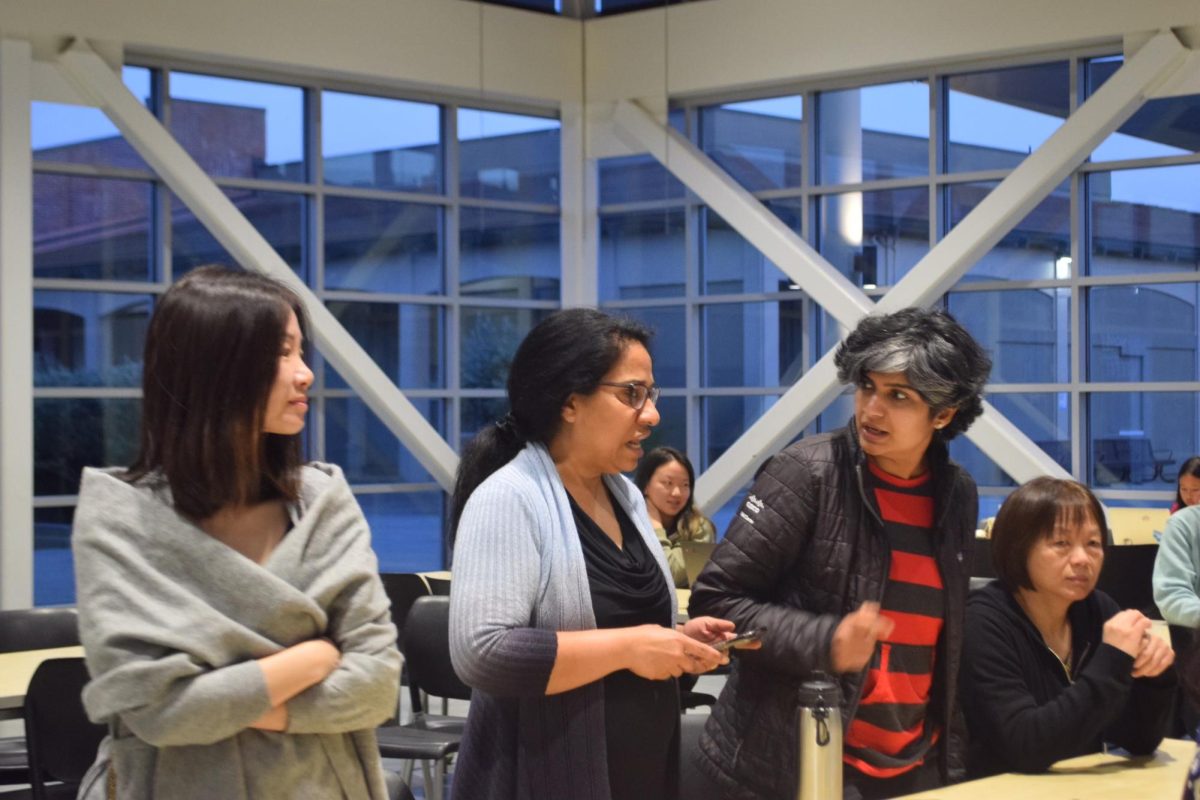
Students in the MVHS Japanese program have been given an opportunity this year to go on an all-expenses paid trip to Japan. 22 students and three chaperones will be flying to Tokyo on Monday, Jan. 18. The students who are going have never been to the country before, and are embarking into unfamiliar territory. Through an exchange program called the Kakehashi Project, they’re getting the opportunity to test their knowledge of the language beyond the classroom in real-life situations while also learning more about Japanese culture and having some fun along the way.
Sophomore Cassie Woodard is in Japanese 2, and says that their Japanese teacher Keiko Howard’s teachings on Japanese culture have taught her the basics of the culture that she will be immersing herself in on Jan. 18.

Woodard is most looking forward to trying new food in Japan, especially a delicacy of Hokkaido, one of the areas which they will be visiting.
“They have this tank that’s full of seafood…they take the squid out, they cut off the head, they grill and season the squid right in front of you and then they plate it,” says Woodard.
Students are experiencing many aspects of Japanese life beyond just seeing the tourist spots. The trip involves trips to high-tech facilities and factories as well as an opinion discussion over the phone with local Japanese government officials. The students will also be staying with host families and going to a Japanese school for a portion of the trip.
 Math teacher Martin Jennings is a chaperone for the trip to Japan. Jennings “won” the trip in a staff lottery.
Math teacher Martin Jennings is a chaperone for the trip to Japan. Jennings “won” the trip in a staff lottery.
 Principal April Scott sent out an email to the staff asking if anyone would like to be a chaperone, and so many replies came in that they ended up putting all of the names in a hat and picking two names. Jennings’ was one, and french teacher Sarah Finck’s was the other.
Principal April Scott sent out an email to the staff asking if anyone would like to be a chaperone, and so many replies came in that they ended up putting all of the names in a hat and picking two names. Jennings’ was one, and french teacher Sarah Finck’s was the other.
Jennings has visited Japan many times, and talks about one of the differences that students might experience when they stay with their host families. Typical houses in Japan are much different than those in America.
“They economize on space, so not only is it smaller than a typical American home, but they just do with less, and the stuff that they have takes up less space,” says Jennings.
Despite his previous visits to Japan, Jennings has yet to pick up on the language completely, and says that he is relying on the Japanese students to help him out once they get there.
One of the Japanese experts that Jennings may be relying on is senior Annie Liu, who has been taking Japanese for three years. Liu is excited to be able to test her knowledge of Japanese, but is also particularly interested in the way that school functions in Japan.
For part of the trip, the students will go to a typical Japanese school for a day. School in Japan, as Liu explains, runs a little differently than in the United States.
In Japan, students stay in one classroom and the teachers switch in and out of the class.
Not only is the movement of the students from class to class different, but the students in your classes do not change from period to period.
“You are stuck with the same people for every single class for multiple years,” Liu says.
While each person attending the trip may be excited for different reasons, all are ready to experience the vastly different culture of Japan and expand their horizons, checking off a new spot on their map as “charted territory.”















